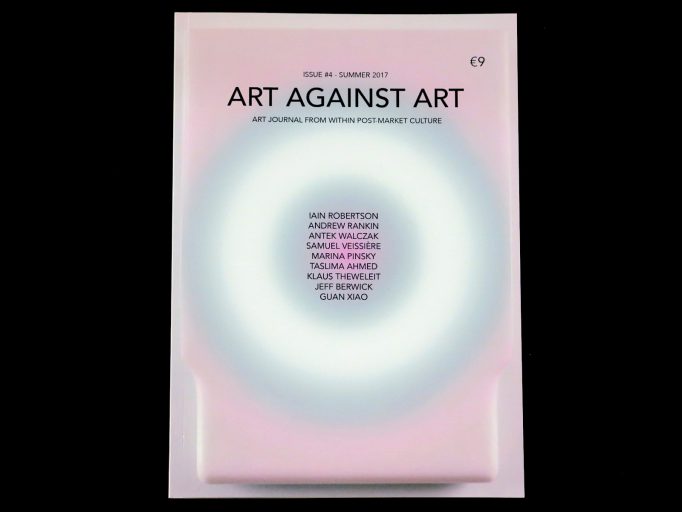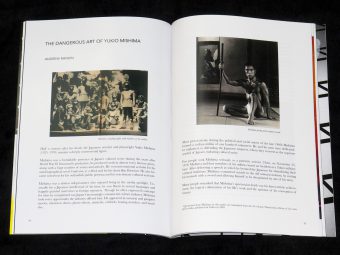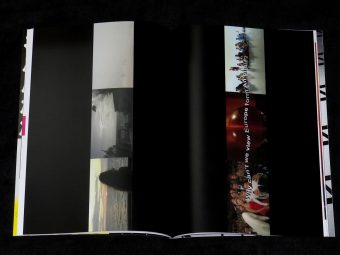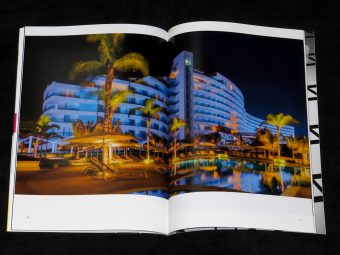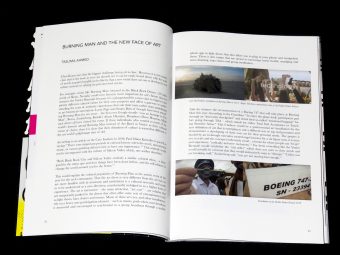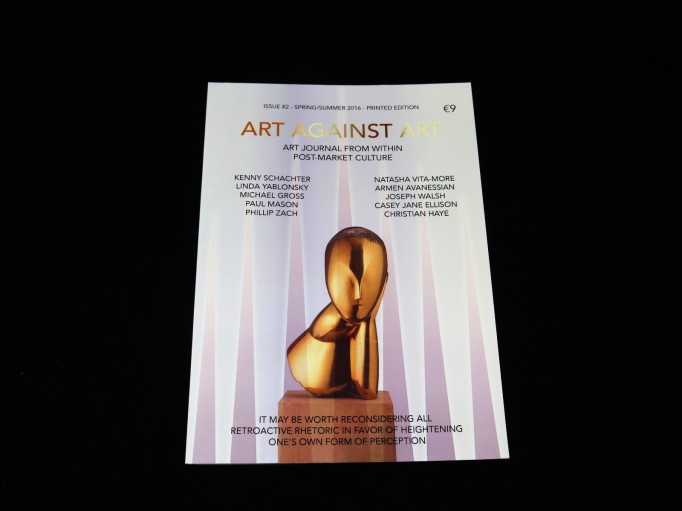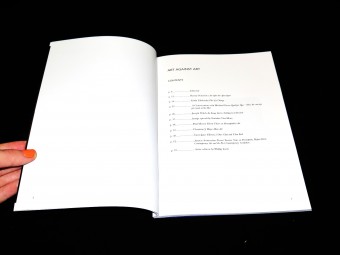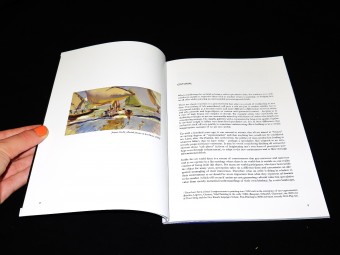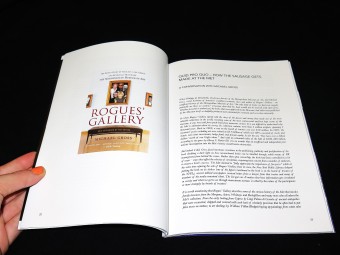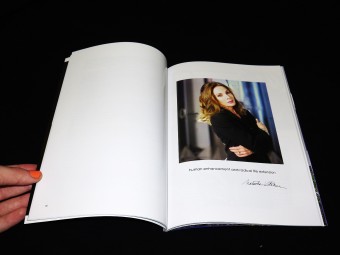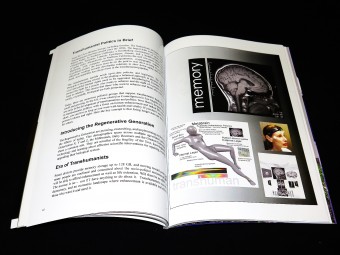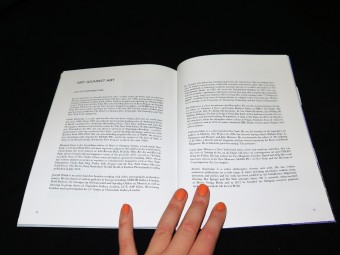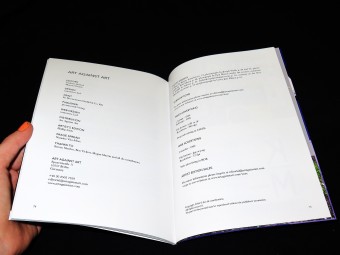Art Against Art #4 . Taslima Ahmed, Manuel Gnam (Eds). Art Against Art.
Posted in magazines on June 20th, 2017Tags: art against art, Art Against Art #4, Manuel Gnam, Taslima Ahmed
Art Against Art – Issue #4
The art market is being kept alive with constant stimulus in the form of Venice-Basel-Kassel-Athens-Frieze-TEFAF. As the series of electric shocks continue, the art market is still in a period of reconfiguration trying to find longevity in the new. Whereas the art fair format inherently lacks culture – merely being a market place/forum for where exchange takes place – the biennial format has become too broad to create lasting cultural meaning; therefore the art market must look elsewhere for metrics of value. But if it only finds mirrors of its own logic (the free market itself), it will do nothing more than to accelerate the process upon which it has been organizing itself.
Definitions of culture have traditionally meant that the market can reflect on them too to prevent it from being flippant and volatile. The free market functions anchorless and incomprehensible without definitions – landmines of bubbles created without any meta signifier or even private collections and museums springing up that hang on the whim of the collector/personality/entrepreneur rather than frames of reference that create wider cultural value.
Contributors: Iain Robertson, Andrew Rankin, Antek Walczak, Samuel Veissière, Marina Pinsky, Taslima Ahmed, Klaus Theweleit, Jeff Berwick, Guan Xiao.
€9.00

